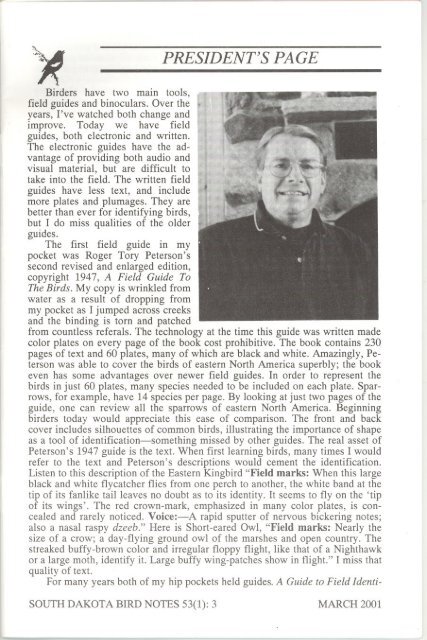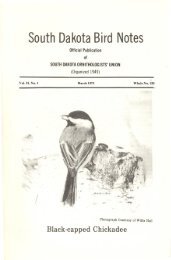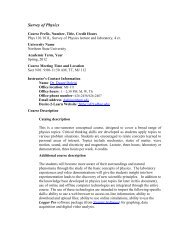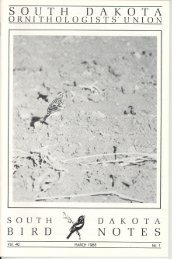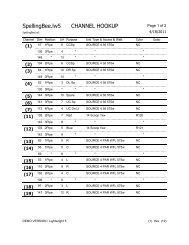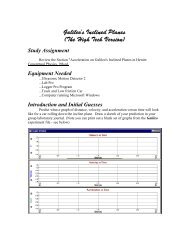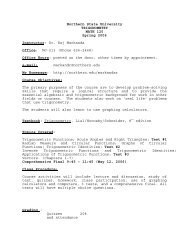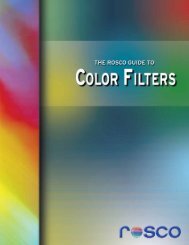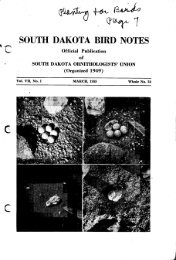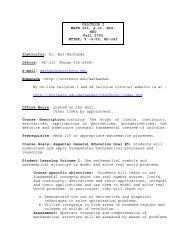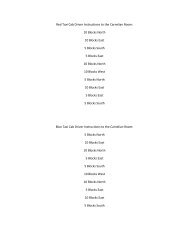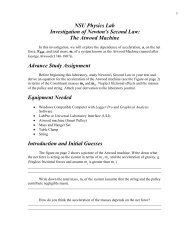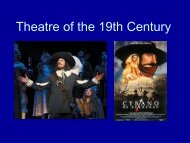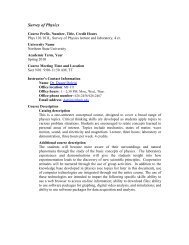Vol 53, 2001 - Northern State University
Vol 53, 2001 - Northern State University
Vol 53, 2001 - Northern State University
Create successful ePaper yourself
Turn your PDF publications into a flip-book with our unique Google optimized e-Paper software.
~~PRESIDENT'S PAGEBirders have two main tools,field guides and binoculars. Over theyears, I've watched both change andimprove. Today we have fieldguides, both electronic and written.The electronic guides have the advantageof providing both audio andvisual material, but are difficult totake into the field. The written fieldguides have less text, and includemore plates and plumages. They arebetter than ever for identifying birds,but I do miss qualities of the olderguides.The first field guide in mypocket was Roger Tory Peterson'ssecond revised and enlarged edition,copyright 1947, A Field Guide ToThe Birds. My copy is wrinkled fromwater as a result of dropping frommy pocket as I jumped across creeksand the binding is torn and patchedfrom countless referals. The technology at the time this guide was written madecolor plates on every page of the book cost prohibitive. The book contains 230pages of text and 60 plates, many of which are black and white. Amazingly, Petersonwas able to cover the birds of eastern North America superbly; the bookeven has some advantages over newer field guides. In order to represent thebirds in just 60 plates, many species needed to be included on each plate. Sparrows,for example, have 14 species per page. By looking at just two pages of theguide, one can review all the sparrows of eastern North America. Beginningbirders today would appreciate this ease of comparison. The front and backcover includes silhouettes of common birds, illustrating the importance of shapeas a tool of identification-something missed by other guides. The real asset ofPeterson's 1947 guide is the text. When first learning birds, many times I wouldrefer to the text and Peterson's descriptions would cement the identification.Listen to this description of the Eastern Kingbird "Fieldmarks: When this largeblack and white flycatcher flies from one perch to another, the white band at thetip of its fanlike tail leaves no doubt as to its identity. It seems to fly on the 'tipof its wings'. The red crown-mark, emphasized in many color plates, is concealedand rarely noticed. Voice:-A rapid sputter of nervous bickering notes;also a nasal raspy dzeeb." Here is Short-eared Owl, "Field marks: Nearly thesize of a crow; a day-flying ground owl of the marshes and open country. Thestreaked buffy-brown color and irregular floppy flight, like that of a Nighthawkor a large moth, identify it. Large buffy wing-patches show in flight." I miss thatquality of text.For many years both of my hip pockets held guides. A Guide to Field Identi-SOUTH DAKOTA BIRD NOTES <strong>53</strong>(1): 3 MARCH <strong>2001</strong>


